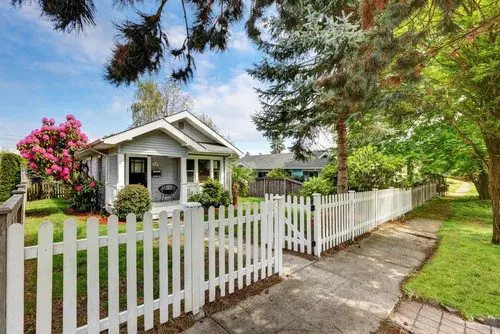Understanding the Environmental Footprint of Siding Choices

In recent years, an increased awareness of environmental issues has encouraged homeowners to seek more eco-friendly options for their homes, including siding. Sustainable siding materials, such as recycled steel, composite wood, and fiber cement, not only help reduce environmental degradation but also cater to a growing desire among consumers to minimize their homes’ ecological footprints. These materials offer a dual benefit: they are better for the planet and can enhance the energy efficiency of homes, ultimately leading to reduced energy costs.
The Role of Manufacturers and Contractors in Eco-Stewardship
Manufacturers play a crucial role by providing eco-friendly options and ensuring transparent practices throughout production. Siding contractors also significantly influence the industry’s shift toward green practices. By informing themselves and their clients about sustainable materials and installation methods, contractors become essential advocates for eco-stewardship within their local communities and the construction industry.
The Life Cycle Assessment of Siding Products
Siding materials have a significant environmental impact beyond their initial use. A product’s environmental aspects and impacts throughout its life cycle should be analyzed. Homeowners can identify sustainable materials by comparing these assessments. Sustainable building materials like siding are crucial in creating a greener future and enhancing buildings’ long-term economic and structural resilience.
Energy Efficiency and Insulation
A home’s energy performance is greatly influenced by its exterior features, particularly the siding. High-quality siding acts as a protective shell, reducing drafts and preventing heat loss, enabling homeowners to maintain comfortable indoor temperatures with less energy. This relationship between siding and energy efficiency isn’t just about comfort; it also ties directly to the larger picture of resource conservation and reducing the strain on non-renewable energy sources.
Durability and Longevity: A Sustainable Angle
Durability is a crucial marker of sustainability in building materials. Durable building materials minimize the need for replacements and repairs more frequently, saving resources throughout the home’s lifetime. This perspective on sustainability focuses on the long-term environmental benefits that accrue from choosing challenging siding materials that require minimal maintenance.
The Recycling Quotient of Siding Materials
Recycling used siding materials is crucial for their environmental impact. While some materials are easily recyclable, others contribute to landfill waste. Homeowners should choose recyclable materials to make eco-friendly choices. We can reduce our environmental impact by selecting materials that support a circular economy. It aligns with sustainable building practices that prioritize resource efficiency and waste reduction.
Maintenance, Repair, and the Environment
The frequency and type of maintenance required for different siding materials have varied environmental costs. High-maintenance options may require harsh chemicals for cleaning or frequent repainting, which can be detrimental to the environment. Conversely, siding options that require little to no maintenance reduce the use and disposal of potentially harmful substances and are thus more environmentally friendly.
Siding Disposal and Environmental Concerns
Eventually, siding materials will end their useful life and must be disposed of. The disposal method has real environmental repercussions. Incorrect disposal methods can lead to pollution and other ecological damage. To minimize the potential adverse effects on the environment at the disposal stage, siding materials should be recyclable or made of biodegradable substances.
Innovations and Trends in Sustainable Siding
Recently, there has been a surge in innovation surrounding sustainable siding, with manufacturers and researchers developing materials that meet the demands of builders and the environment. New composites offer the classic aesthetics that homeowners desire while being created from recycled or sustainable sources. These innovations signal an exciting shift in the building industry, where the value of a product is based not only on its functional and visual appeal but also on its ecological credentials.









